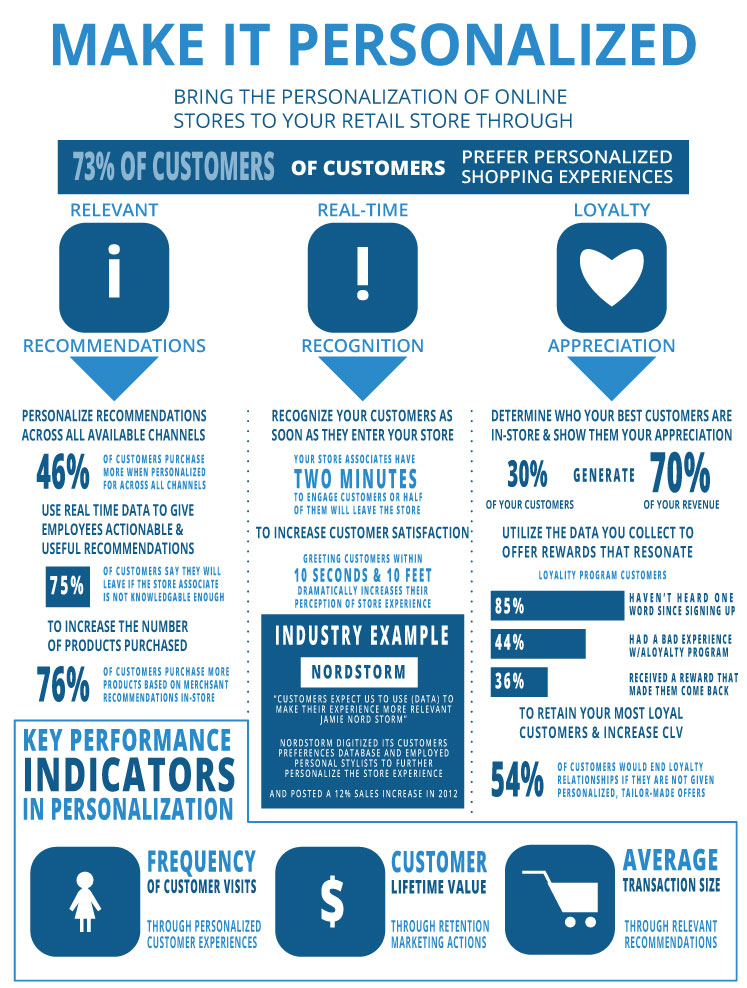
Today’s customer wants personalization. They don’t want to shift through irrelevant products and offers that don’t apply to them. Today’s customers are limited on time. Customization gives customers what they need in a shorter amount of time, the sweet spot for increasing customer engagement.
Customers recognize the value of customization and are willing to pay more for it. Rather than stick with the multi-channel approach of shouting across the platforms, we marketers need an omni-channel marketing strategy that addresses a core desire amongst many customers: customization. We need to make marketing relevant.
Omni-channel marketing provides a better overall customer experience. Rather than personalize a single point of contact, omni-channel marketing focuses on each step of the customer journey.
Personalizing each step of the customer journey boosts customer loyalty. Customers will feel like your brand listens to them rather than pushes irrelevant products.
Omni-channel marketing allows brands to create a seamless experience across all channels, providing customers access to the products they want the most. If a customer receives an ad for a product they want, but that product is not available in your store, they will not be pleased with the experience. This negative outcome can result in the customer walking away and never returning in the future.
Ensuring your products are readily available to avoid this scenario. Including a product’s pricing, features, and specifications will provide the customer with important details to help with their purchasing decision. Providing these details to the customer as part of your omni-channel marketing strategy will improve the overall customer experience.
Omni-Channel Marketing Vs. Multi-Channel Marketing
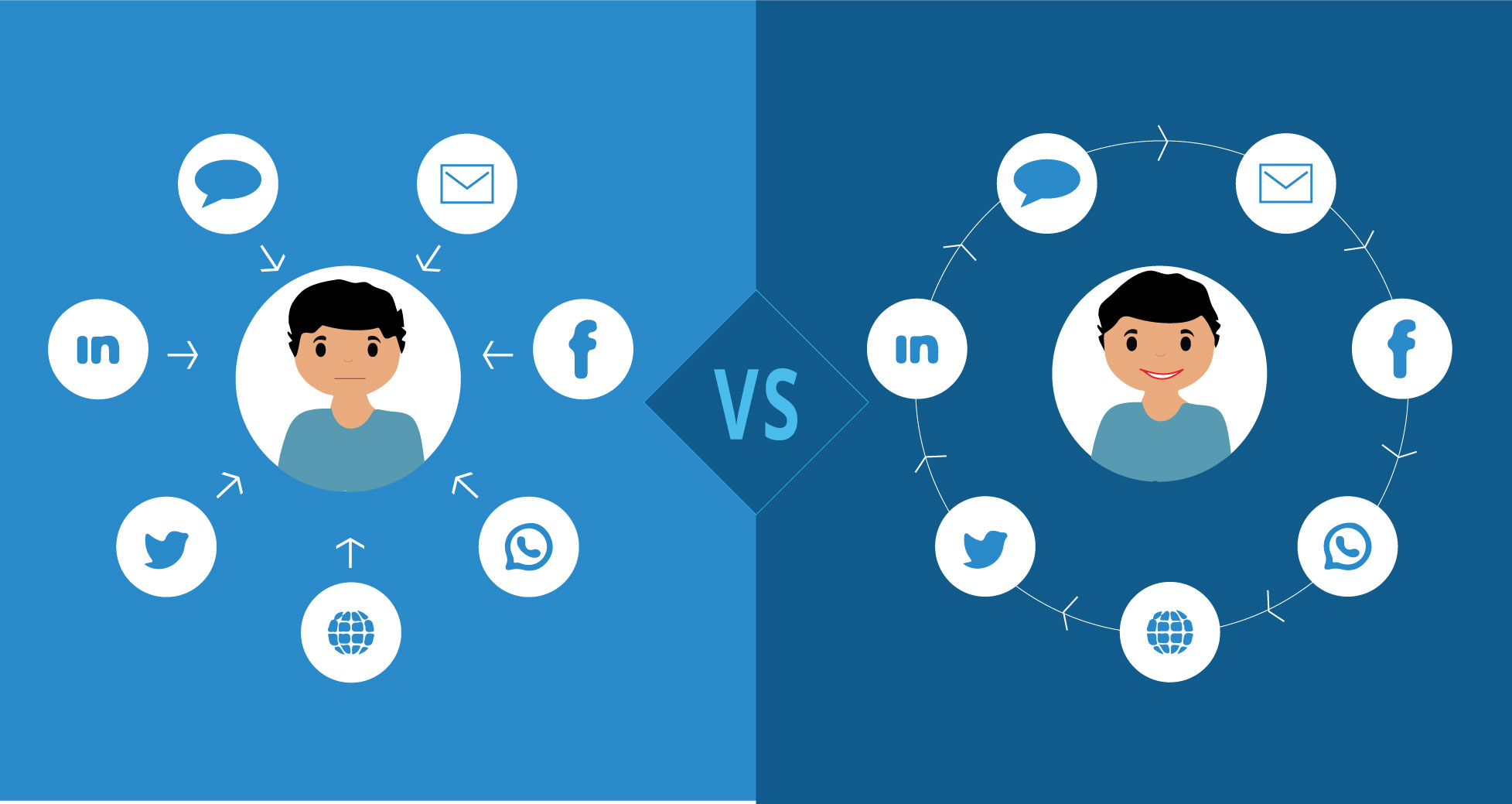
Omni-channel marketing and multi-channel marketing get thrown around often in conversations. The marketing jargon can make simple concepts feel complex. Let’s break each of these concepts down to get the full picture.
Multi-channel marketing focuses on platforms. Businesses focus on growth across social media platforms, the email list, and other means of communication. A multi-channel marketing strategy focuses on boosting numbers and engagement rates, but this approach has a critical weakness.
Omni-channel marketing acknowledges your existing platforms and modifies the messaging to create a more customized experience. Multi-channel marketing strategies focus on growing the platform and shouting the same message.
Omni-channel marketing caters to the individual customer and understands that each customer has specific needs and desires. An all-in-one eCommerce and retail solution allows brands to leverage a central point of customer data and showcase the most appropriate message based on the customer’s stage in the journey. These solutions capitalize on multichannel marketing as well as the omni-channel marketing capabilities which allow brands to enhance the customer experience.
Each of your channels forms a core component of your brand rather than existing as separate entities. Each channel adapts around the customer’s behavior to foster a seamless, personalized experience.
A multi-channel marketing approach puts your brand at the center. This strategy involves creating content around your brand’s identity for a large mass of people. The content isn’t personalized but will help you gain traction. The problem with limiting yourself to multi-channel marketing is that your first point of contact may not fully resonate with the customer. They may read a blog post or review a product that doesn’t fit their personalization and look elsewhere for a better blog post or product.
Omni-channel marketing puts the customer at the center. Once brands discover what customers like through data tracking, they present the customer with content and offers that align with what those customers already enjoy. This customer centric approach means different customers will receive different messaging. Multi-channel marketing provides uniform messaging that fails to cater to a customer’s preferences.
An omni-channel strategy also acknowledges that customers use multiple devices to make purchasing decisions. Some customers may learn about your brand via smartphone and make purchases on their desktop. Creating a smooth experience and messaging across all devices is essential for maintaining a customer centric strategy. An optimized desktop experience will keep customers onboard, but if they visit your mobile site and see that it’s not optimized, they won’t visit your brand on mobile.
While some of these customers may continue buying from you on the desktop only, a poorly optimized appearance on any device risks losing customers, especially new ones who recently heard about your brand.
Multi-channel marketing does not acknowledge these scenarios. It fails to focus on the customer which can leave some holes within the customer experience. There is no point in attracting a large audience if a poor set-up significantly hurts conversion rates.
Customers moving along the purchase journey will receive different messages across various channels to nudge them towards a purchase. These constantly updating channels ensure each message remains relevant. This strategy will help improve the ROI of every channel your brand utilizes for customer engagement.
Collecting Data
Omni-channel marketing strategies rely on customer data. Gaining more data helps you communicate with each customer across multiple platforms and make more educated decisions. Some customers will only give you a small fraction of data while other customers will provide your brand with numerous data points.
Many corporations such as Amazon and Zappos employ data scientists to comb through data. These corporations invest billions of dollars into data collections, and Amazon recently claimed 35% of their total sales are attributable to data-driven insights. You do not need that type of money to gather data and make well-informed decisions.
Smaller merchants can achieve customer centric strategy without million dollar budgets to gather data. Major corporations focus on a plethora of data points. As a small merchant, focusing on a few data points will help build your customer centric strategy.

Traffic Data
Getting any amount of data is better than no data. Most software comes equip with traffic data that provides information on daily visitors and referral sources. Although this isn’t the best data for customizing the customer experience, it provides a glimpse into how visitors come across your brand and which pages garner the most attention.
The primary issue with traffic data is that you don’t know who’s visiting your website. You can make educated guesses, but there is no trail to track how each individual visitor engages with your content.
Email Data
The initial objective of any budding customer relationship is to convert visitors into email subscribers. Email is a top performing channel averaging an ROI of $36 for every dollar spent.
Brands can utilize free offers, discounts, and other perks to entice visitors to join their email list. While the email list is far from the only component of an omni-channel marketing strategy, it’s the backbone that holds the strategy together. Lacking an email list will limit your ability to customize each customer’s experience.
Advertising Data
You can display different ads to customers based on their interests. Building segments within your email list allows you to differentiate between different stages within the customer journey. The data you receive from ads will help guide your omni-channel marketing strategy.
Optimizing your ads to present calls to action that match up with the customer’s preferences will boost your conversion rates.
The best ad sent to the wrong audience will not work. Vegans won’t buy McDonald’s products no matter how much time McDonald’s puts into their ads. Some brands take a tone-deaf approach to advertising rather than take the more difficult route of personalization. Gathering data helps you promote relevant ads to your customers.
App Data
Some brands allow their customers to download an app that further enhances the experience. Starbucks and Walgreens are two of the many companies that offer mobile apps that make shopping easier and customized.
Not every brand has the bandwidth to create an app, and it’s not a necessary platform for every business owner. However, it’s a valuable asset for many companies looking to gain more information on their customers and improve the overall experience. The more data you can receive on your customers, the more optimizations you can make to each customer’s personal experience.
Broader Trends

Gaining more data on your customers and how they interact across your platforms is a great way to optimize your omni-channel marketing strategy. Internal data provides the best indication of a customer’s behavior, but observing broader trends in your industry can help you capitalize on a customer’s ever-changing behavior.
Customers increasingly buy goods and services online. They may visit your website across multiple devices before making a purchase. A website poorly optimized for mobile will drive potential customers away from your platform.
Because of the pandemic, customers care drastically more about hygiene. Businesses have kept up by updating their health and safety policies. Demonstrating a clean environment can boost consumer confidence.
Why do those consumer changes matter for your brand? Every touch point significantly impacts the customer experience. Failing to observe broader shopping trends within your omni-channel marketing strategy can result in some cracks within your system. Remaining shopper centric requires constantly striving to understand how their trends change. This understanding goes beyond looking through your data.
Adapt Or Fall
Businesses must continue adapting in order to survive. A multi-channel marketing strategy allows you to adapt to numerous platforms and make sure you can push any message you desire to your entire audience.
However, a multi-channel marketing strategy places the focus on adapting to different platforms and algorithms rather than adapting to customers. The most successful businesses adapt to customers by investing in resources such as an all-in-one eCommerce and retail solution.
Not every channel is the right fit for your customers. Just because a channel exists with a potential audience does not mean you should heavily invest into that channel. Focus on the channels filled with your customers. You can branch out to other channels in the future as part of a multi-channel marketing strategy. However, if you lose sight of your customers, no multi-channel marketing strategy will help your business. In fact, the wrong multi-channel marketing strategy can result in businesses failing as they lose sight of their customers.
An omni-channel marketing strategy focuses on adapting. This strategy gives your business a better chance at surviving and thriving.
How To Start Your Omni-Channel Marketing Strategy
The core goal of any business is to create a good or service customers love. Start with a product, determine who would buy it, and then constantly refine your offerings and marketing approach.
Once you start your omni-channel marketing strategy, the process will get easier. It’s important to lean gradually into the many moving parts of an omni-channel marketing strategy. The main reason most businesses do not follow through with their omni-channel marketing strategies is overwhelm.
Map out each stage of the customer journey and how you will address each stage within your messaging. You can start with a simplistic strategy and expand the strategy as you gain access to more data, time, and/or team members.
The only thing worse than stopping in the middle of your omni-channel marketing strategy’s implementation is not starting at all. A small step today can push your business in the right direction for years to come. Each step becomes easier than the last.
Cetrix Enterprise helps businesses complete their digital transformation so they transition from channel centric brands to customer centric brands. Building your eCommerce around the customer will cultivate strong revenue numbers. Hundreds of clients use the Cetrix all-in-one eCommerce and retail solution software to accelerate their businesses.
Implementing a successful omni-channel marketing strategy doesn’t have to be hard. Reach out to the Cetrix team to start your journey today.

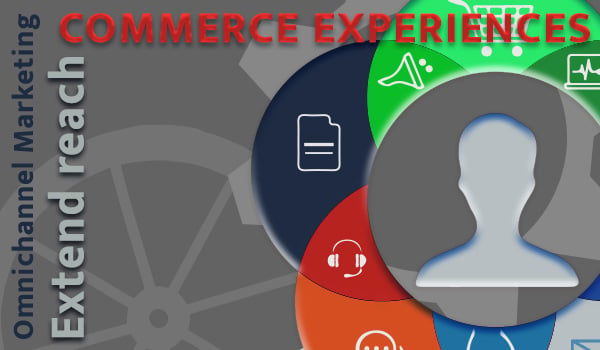
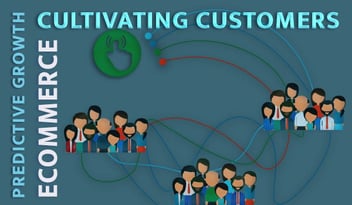

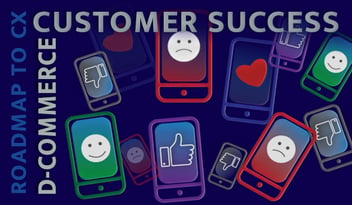
Leave a Comment